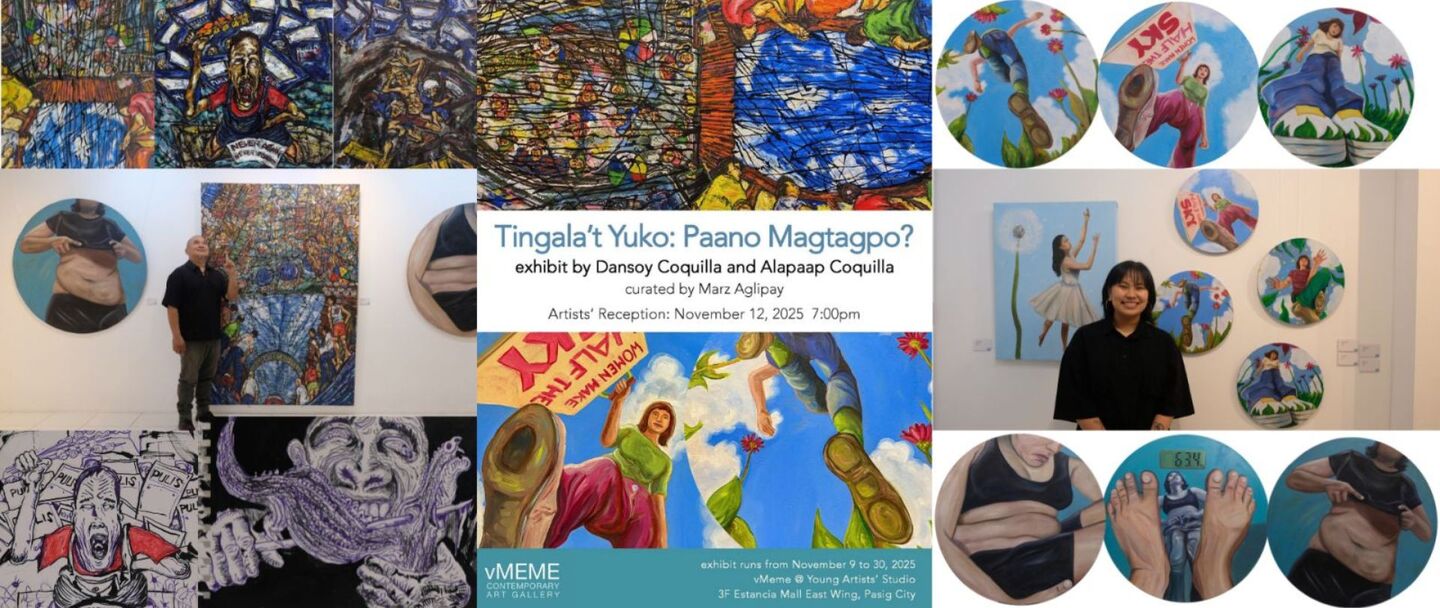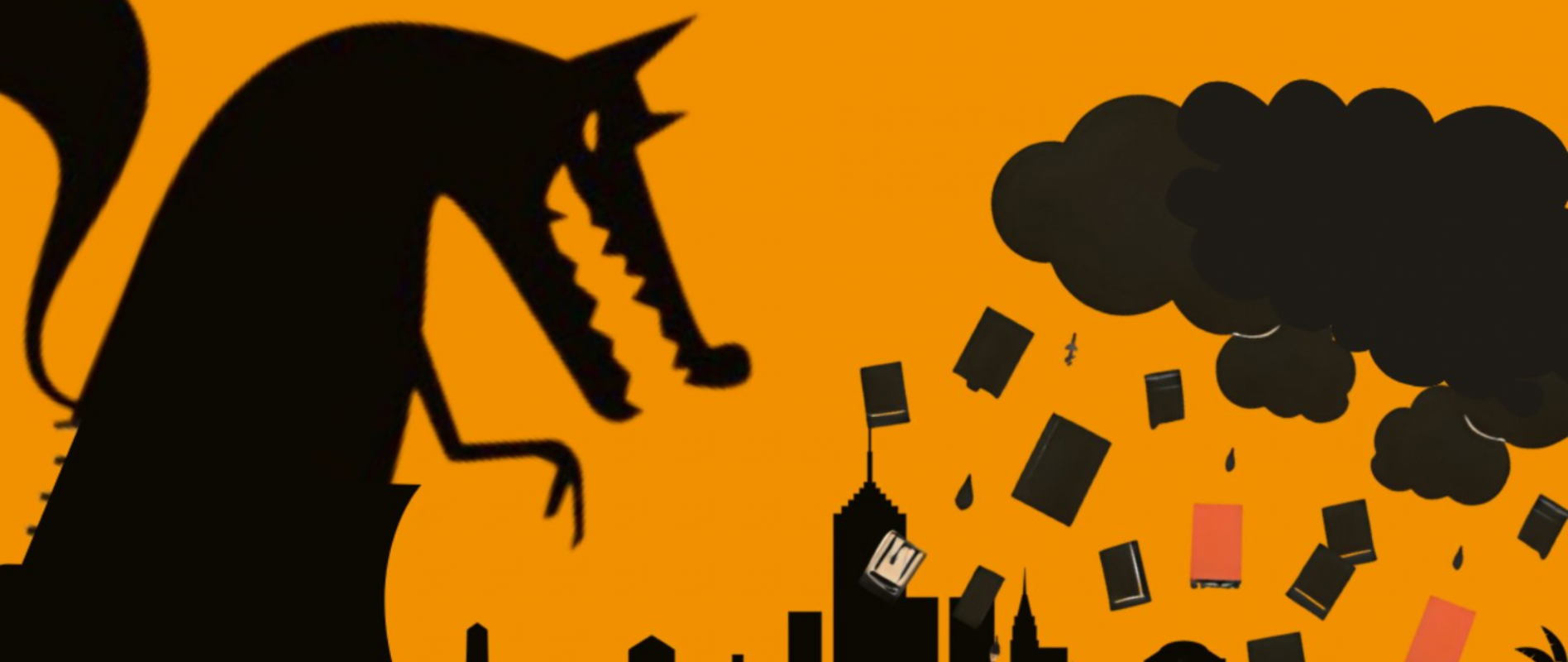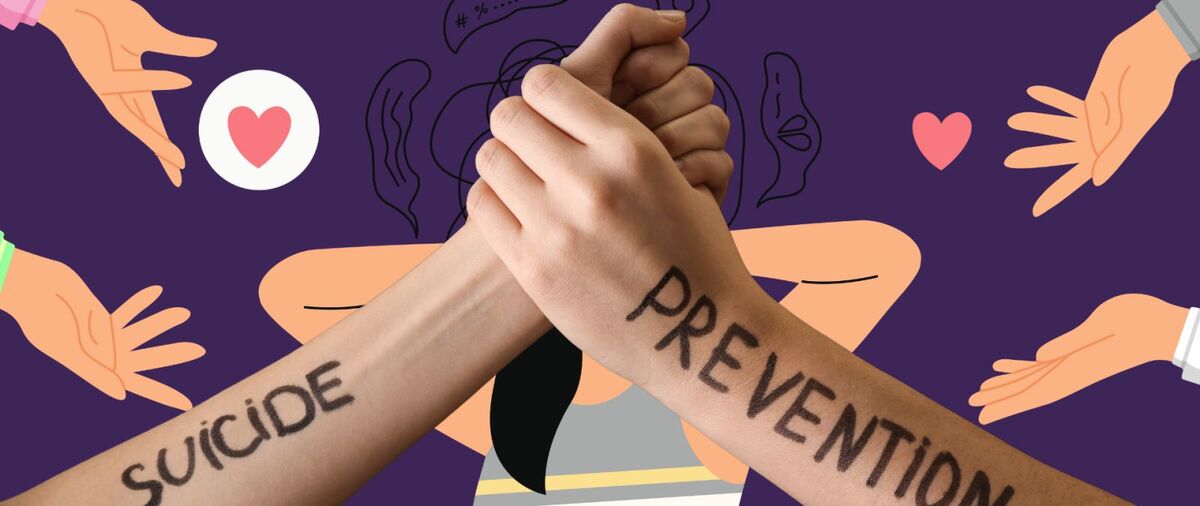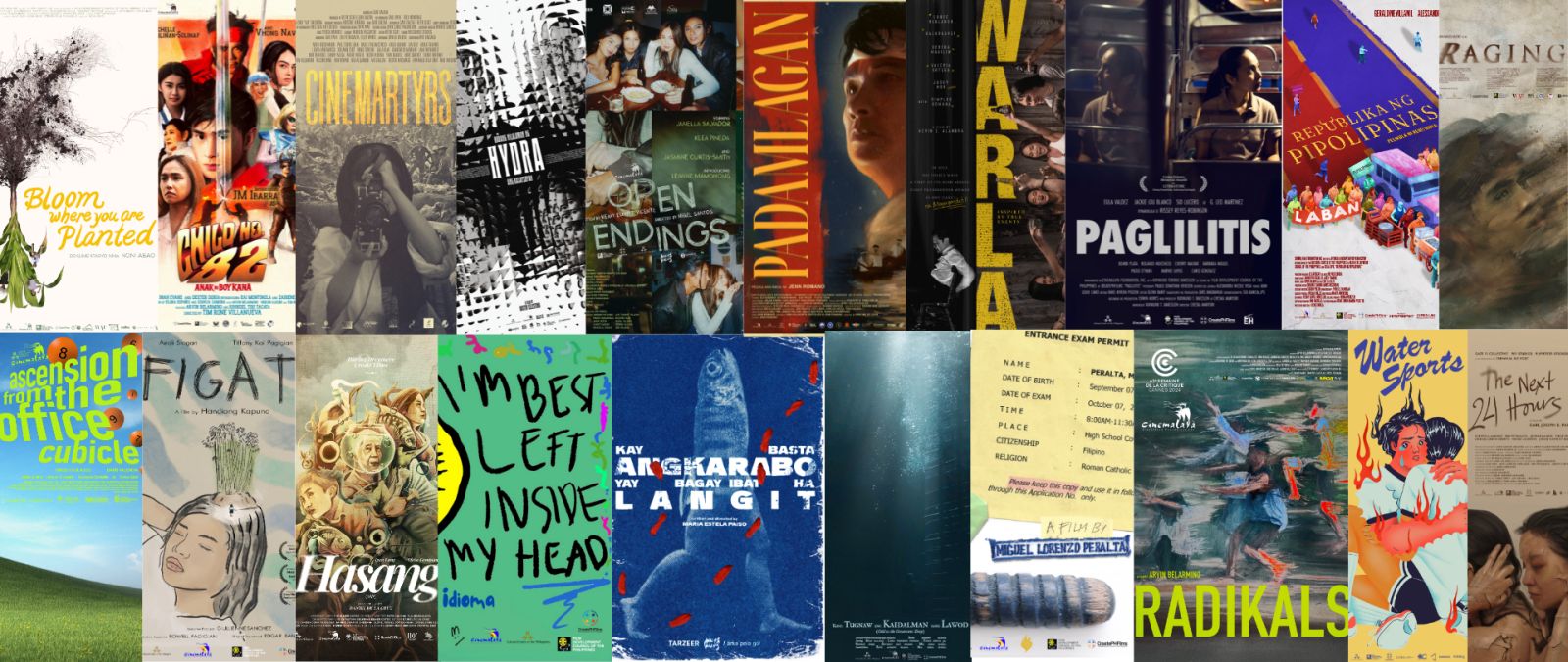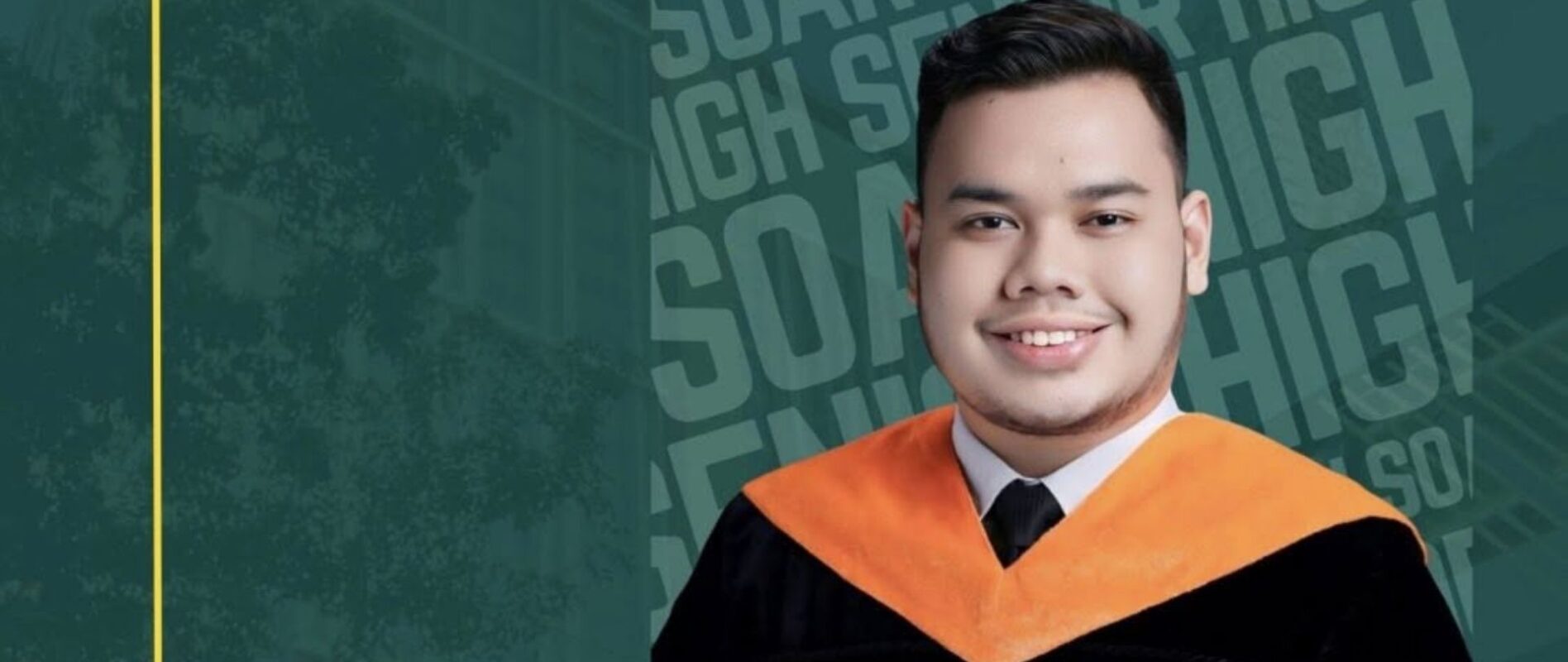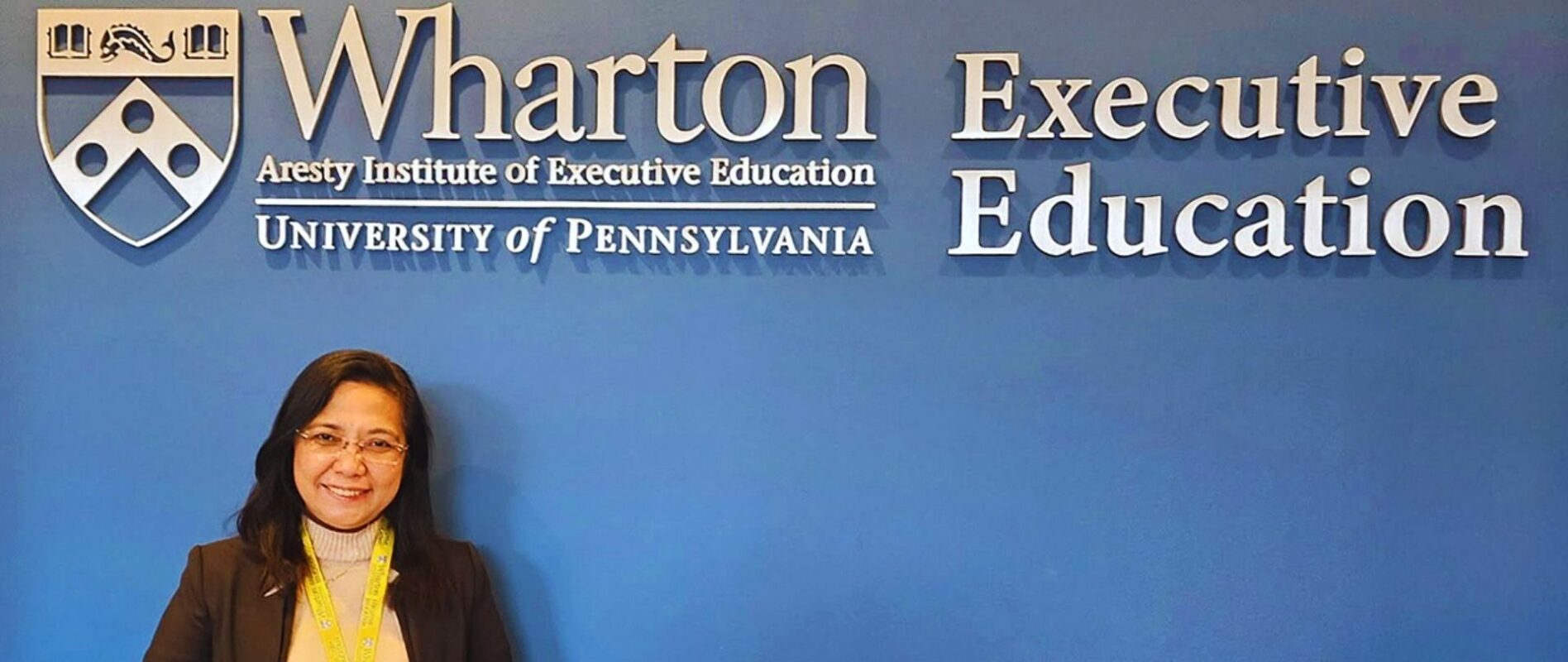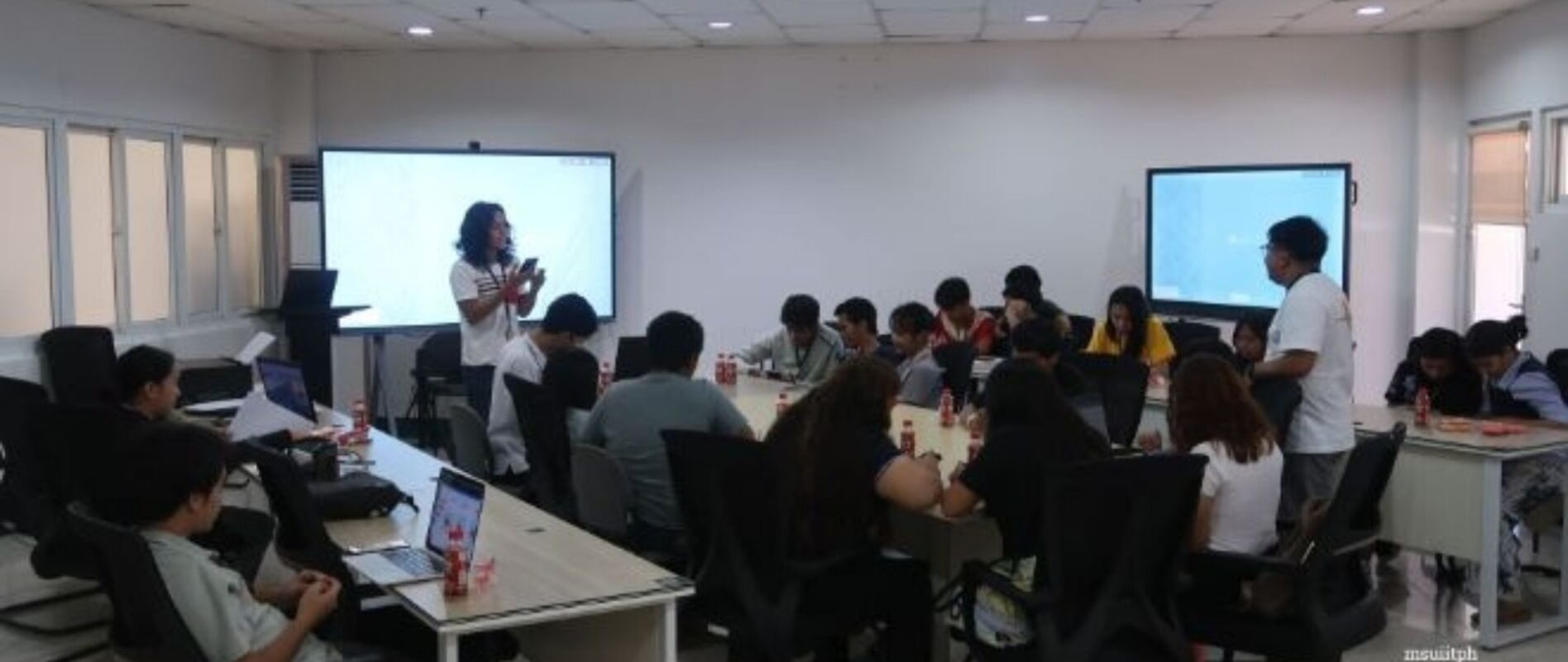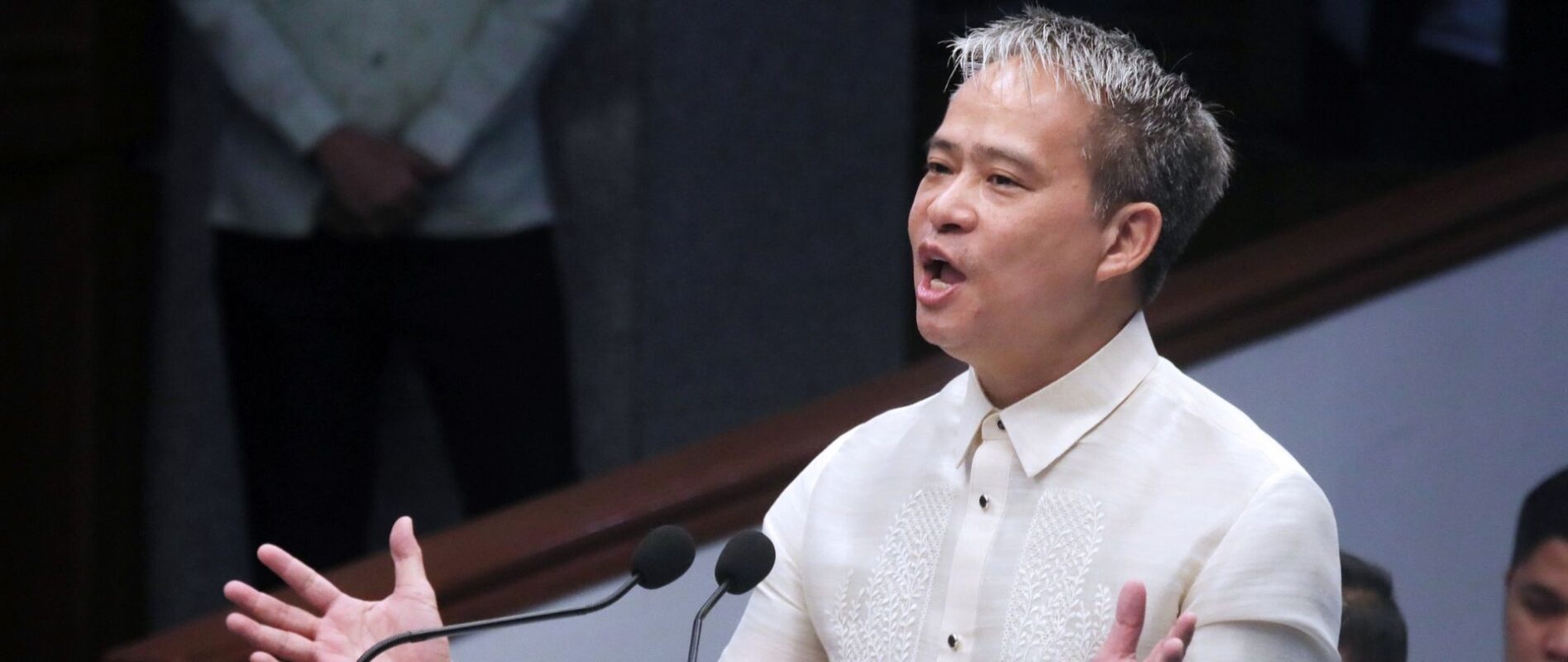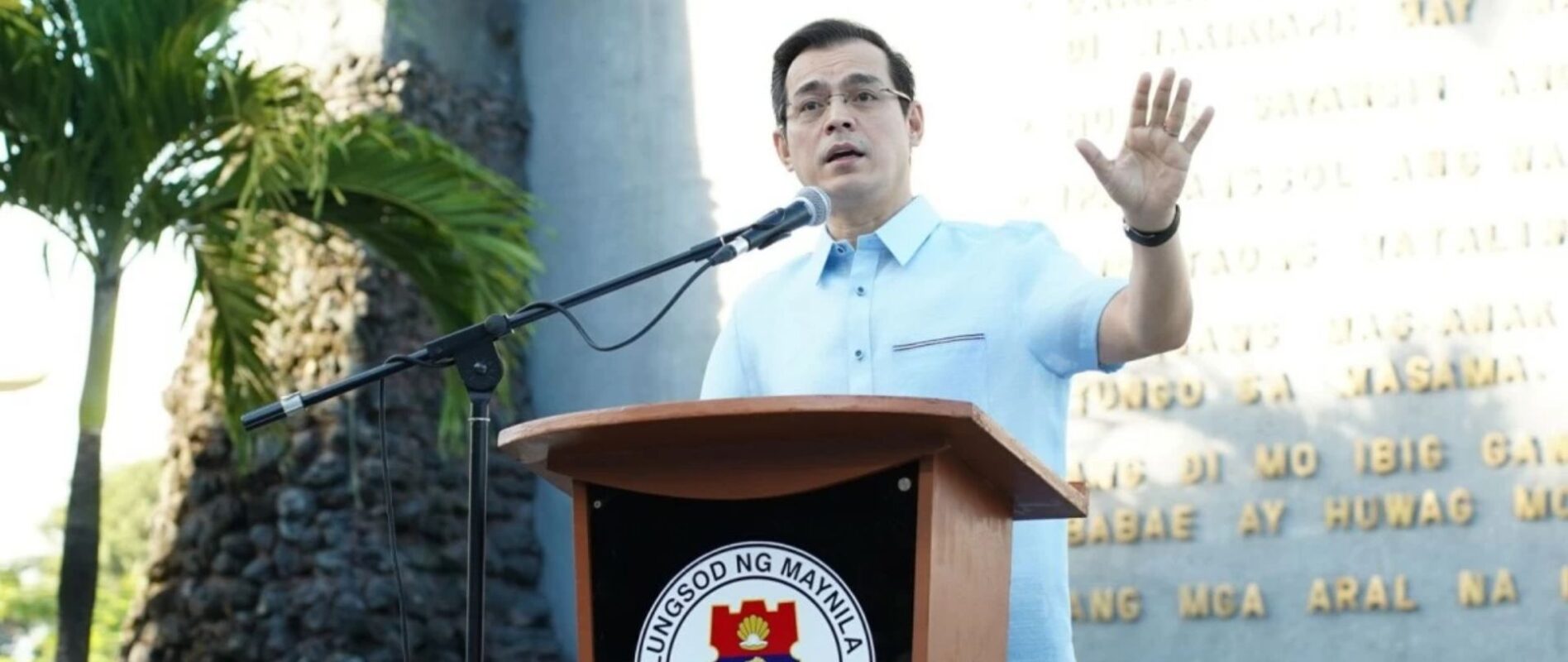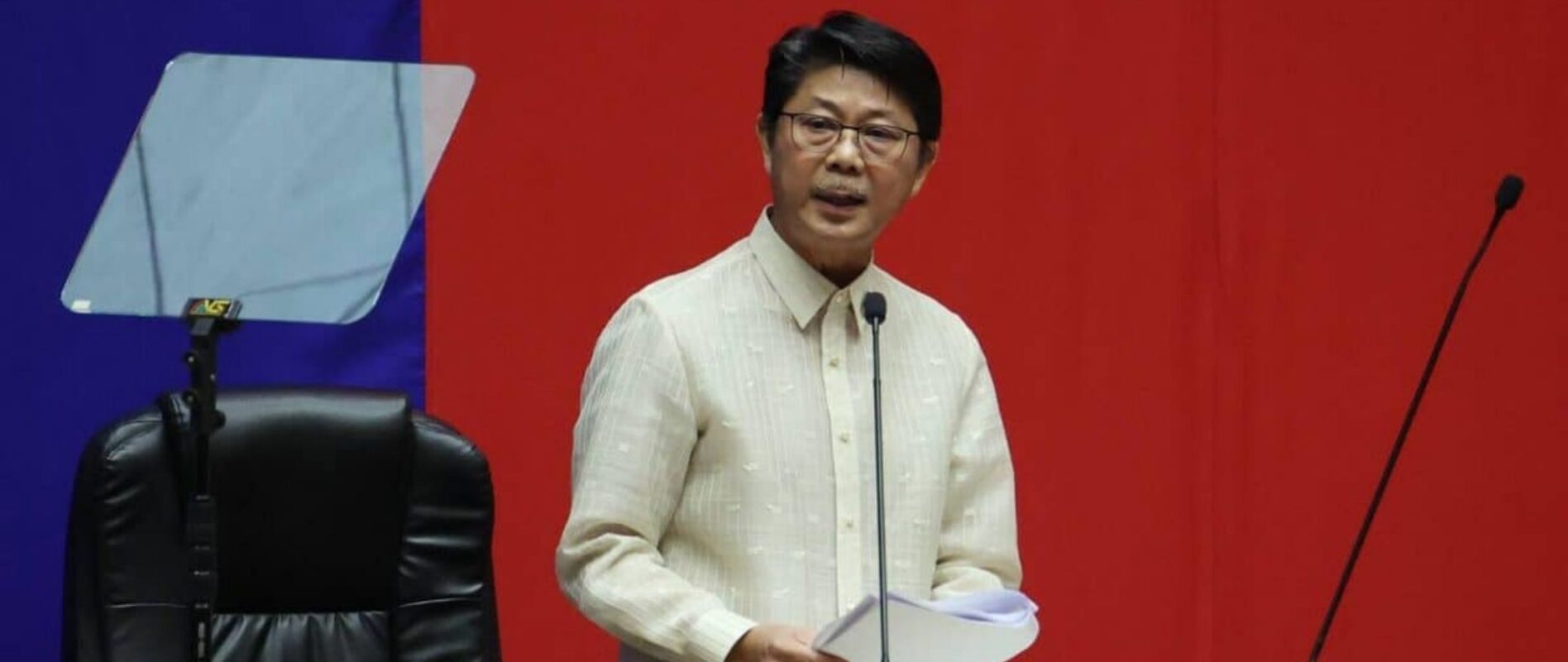BEHOLD, THE AGE OF LIBERATION: ENTERING THE POSTMODERN WORLD OF FLUIDITY, FREEDOM, AND NON-CONFORMITY
Here's to a world where we can be whoever we want to be, forge paths to wherever we wish to be, and undertake identities, responsibilities, and destinies that no one could ever contend with again. This utopia is far from our reality, but we pursue it nonetheless. In this issue of the Feed, we look at the chains no longer holding us back, and the shackles that still remain on our way to complete liberation in today's humanity.
“One’s freedom ends where another man’s freedom begins.”
This is one of the most basic foundations of human freedom, in the context of society and community. Stripped down, it basically means that one’s right to do whatever he wants stops when it interferes on another person’s right to do whatever he wants. Our right to sovereignty doesn’t give us the liberty to murder, steal from, or harm other people, because it takes away their right to live peacefully.
But through the course of time, many powerful forces have gotten away with stepping on other people’s freedom to fuel their own interest, and we’ve all taken it as normal and acceptable because it’s the way things have always been. Women were expected to stay home and manage the household, the LGTBQ+ community was urged to live their lives silently, children are burdened to follow the life path decided for them by their parents, and society is ridden with impositions and regulations that determine what “should” and “should not” be.
But no more.

Still from John Clister Santos.
We’ve come to a place of enlightenment, so to speak. Throughout the years, a growing awareness of oppression against individual liberation have arose from the largest areas of societal inequality (race, religion, identity, etc.) to the most subtle efforts by society to keep us all in check. The latter dives deep into the originally frowned upon decisions of the youth to pursue the arts, wear lavish clothing in the most simplest settings, speak one’s mind against figures of power, or basically anything that makes them stand out from the norm. A norm that thrives on conformity and the hardened mold of the status quo.
But more and more, these preconceived notions of what’s acceptable and what’s not are falling further and farther into shambles, spearheaded by influential personalities that challenge the status quo and fight for true liberation. That is, liberation to be true to who we are and what we want to be.
Why aren’t we allowed to speak our minds? Why aren’t we allowed to pursue our passions? Why are our brothers and sisters forced to hide in the shadows of who they are? Why is the world so set with the boundaries it has created to oppress its own people?
Across generations, different variations of “why” have been investigated and challenged, and today’s youth is the fruit of all that entailed. As the world opens up more and more beyond its preset societal borders, young people of today are growing up in a place that’s a lot more inclusive, accepting, and liberated. And they themselves are maturing into mold-breakers and challengers of what remains of the status quo.

Still from John Clister Santos
In 2021, the structures that defined who we are as individuals are slowly being redefined, and the confinements set in society are gradually transformed to be more welcoming.
Freedom, in this day and age, means being able to safely traverse the world from one space to another, and not having to fear society’s incrimination in transit, and afterwards. This may come in the form of shifting from one course of study to another, bridging different forms of traditional art to create something new, celebrities using their platforms for more than just promotion, men putting on makeup just because it makes them feel good, individuals loving who they love publicly and without shame, and so many other examples that society is slowly learning to accept and set free.
Sure, the world is far from perfectly accepting. But we’ve come a long way from the predetermined paths forged by the generations that came before us, and the generations that came before them.
Today’s youth truly navigates the world without the same limitations of yesterday. Great opportunities have been created so they can follow their passions with security, gender norms have been eradicated so they don’t have to be dictated by expectations and tradition, and even their own capabilities have been transformed to be so much more than this or that. With the power of technology and social media, young people today are no longer limited by knowledge and skill—they can literally find out everything online in a span of minutes. Hence, the growing generation of multi-talented innovators, unafraid to explore, question, and bring together different disciplines to create something totally unique.

Still from John Clister Santos
In the field of creativity, art is one of the most effective ways to break free from separations of class and geography and bring people together. It has also become a powerful tool to stir conversations about some of the most relevant issues of our time. In fact, in this issue of The Feed, we’re diving deep into the work and psyche of John Clister Santos, a 20-year old artist from CIIT College of Arts & Technology, whose reimagined work of Juan Luna’s Spoliarium has incited a powerful image inspired by recent events in Philippine news.
“I personally believe that art will continue to be a medium of expression, voice and activism. Not only that it offers countless interpretations depending on who sees the art, but also art is a visual expression that can be understood by anybody, no matter what age, race, social status, etc. — and that alone, makes it an effective tool of communication,” he remarked.
It’s true that creativity has always been notorious for breaking molds and celebrating freedom of expression, all the while starting up conversations. After all, some of the most radical thinkers who society deems inappropriately free and unnecessarily liberated are artists who dare to view the world a little differently.
It is also through these artists and other thought leaders that we are able to move forward and progress towards a more free nation. It is through their work and advocacies that we, in turn, dare to view the world without the lenses of restriction and fear of admonition.
As we take in these new ideologies and freedoms, we are stepping closer and closer to that world—that utopia. Where no one will have to live in fear for their decisions, lifestyles, loves, passions, and anything they intend to do with their lives. As long as we traverse in the same path blazed by these innovators (or perhaps forge our own), the postmodern world is looking bright with the promise of liberation from ourselves, our own inhibitions, and society’s suffocating dictations.
A world where the only question left to solve is the inconceivable notion of why it took us so long to get there.



